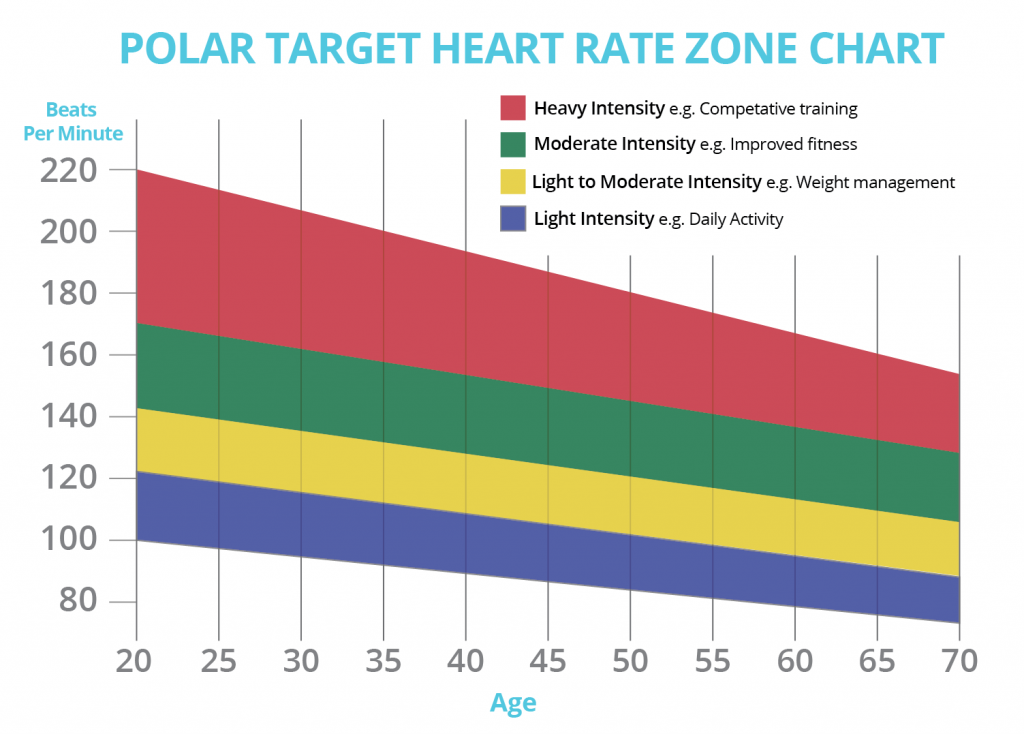Monitoring progress is essential for maintaining motivation and focus. While speed and distance are the commonly displayed measures on rowing machines, they fail to control the intensity of exercise, essential to targeting exercise objectives. As mentioned in the previous pages, the easiest way of controlling intensity is by monitoring heart rate. Resting heart rates are a good indication of fitness levels- as the user becomes more fit their resting heart rate should decrease as the heart gets stronger. When monitoring one’s resting heart rate be sure you are in the same position at the same time of day for each recording. If a heart rate monitor unavailable, heart rates can be monitored manually by counting the number of heart beats for a minute.
An alternative method of working out intensity is by analyzing the perceived level of exertion, or by breathlessness, this is calculated using Borg’s Ratings of Perceived Exertion.
One of the best ways to monitor progress is to keep records for comparison. Recording intensity as well as distance and time can provide the motivation to keep on rowing and improving. We have created a simple training log for your, most gyms will have their own formats, use.
At WaterRower we stress the importance of individual progress rather than trying to compete with other people of different age, fitness levels and goals. It is important to emphasize that progress is a very individual matter. Progress is not always a quantifiable element (such as distance achieved or time improvement) and may take the form of:
- General feelings of well being
- Increased levels of energy
- Lower resting heart rates
- Quicker recovery heart rates
- Achieving goals i.e. weight loss

